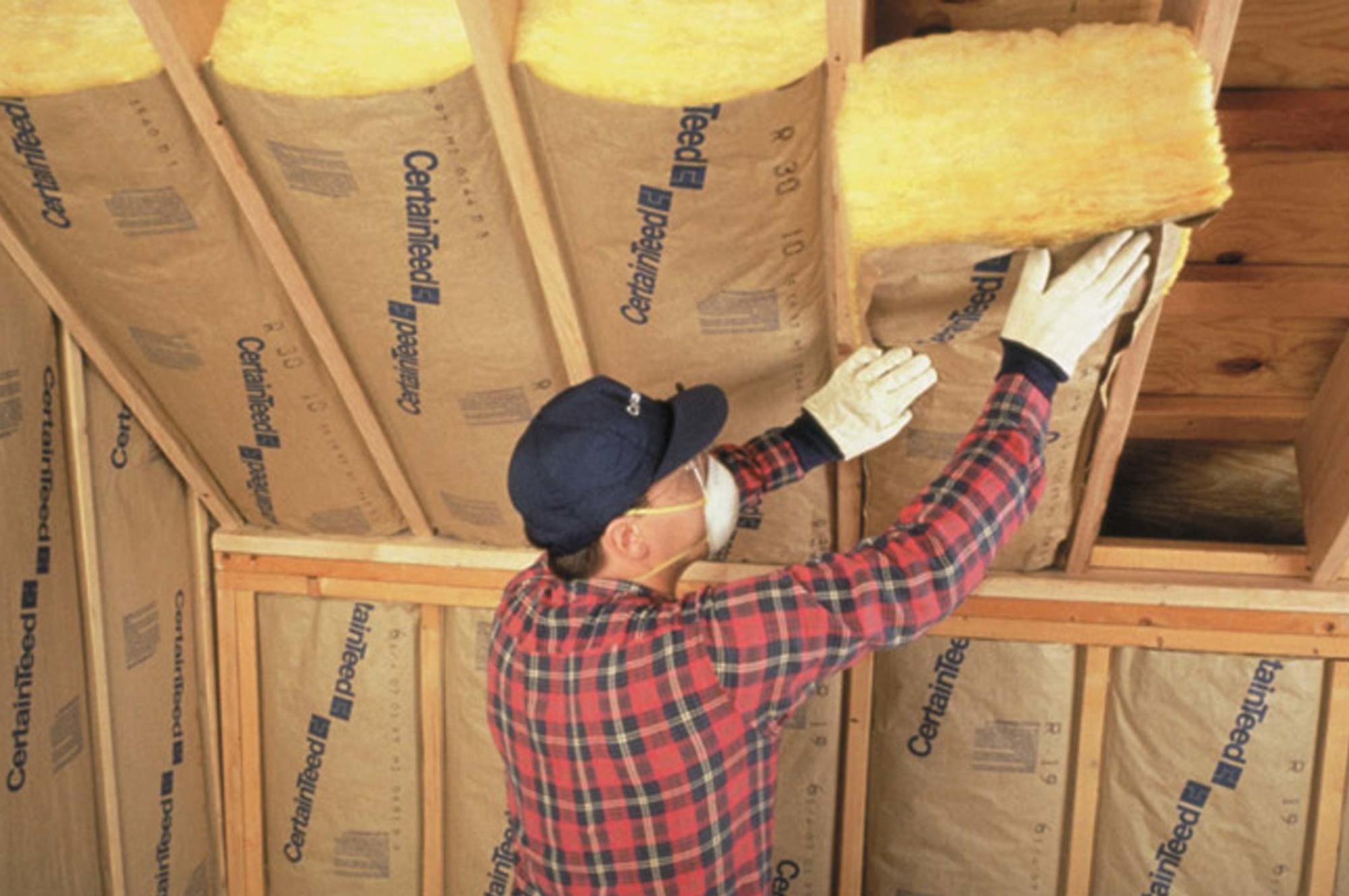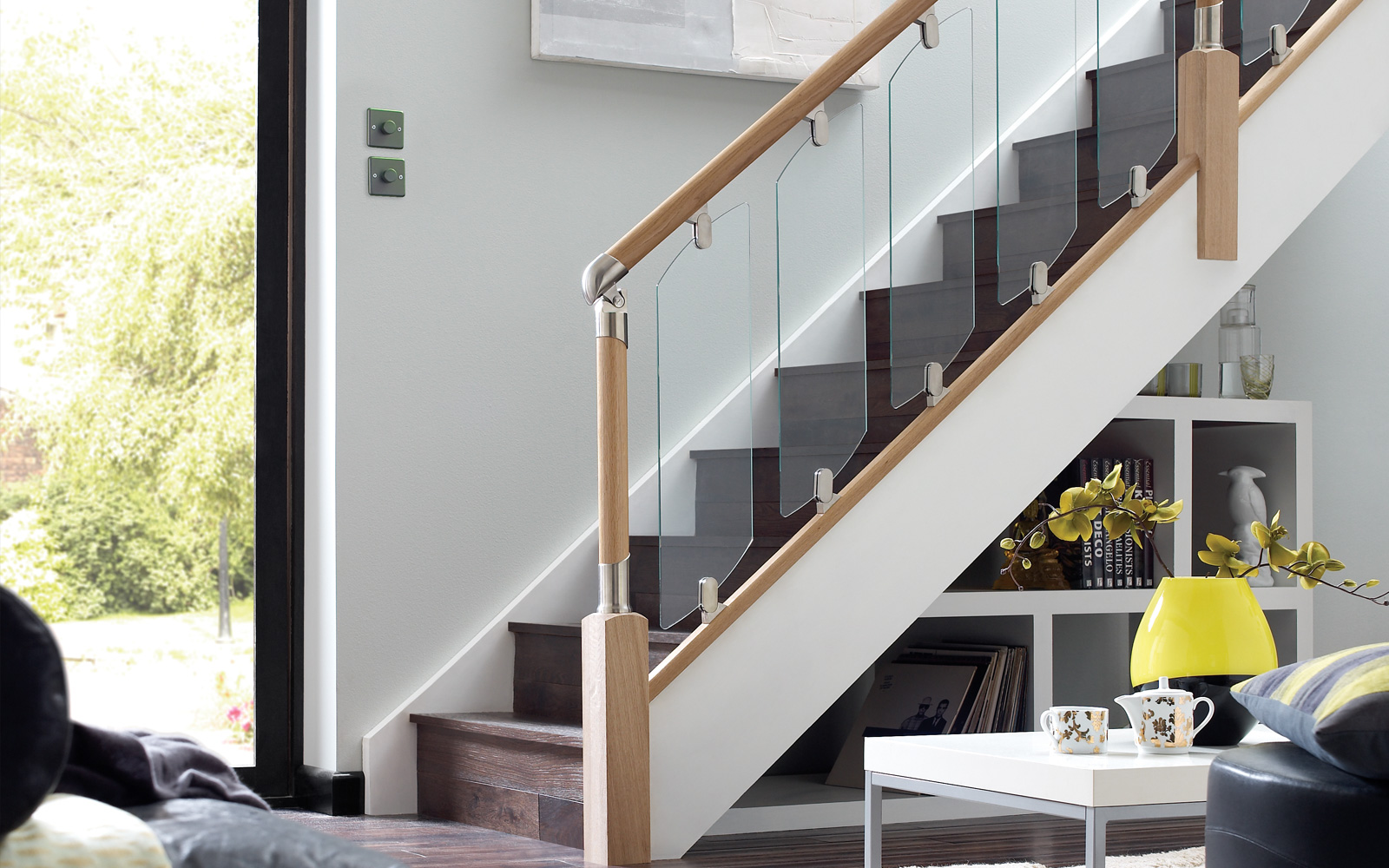Choosing the best insulation for your home is a big decision. You have to consider which material will provide the best results. But in addition to efficiency, you also have to consider the cost and safety of the material. Fiberglass is a popular material used as insulation in homes and other types of buildings. Here’s some useful information about fiberglass.
What is Fiberglass?
Fiberglass is a material made of fine glass fibers. This creates a strong but lightweight material that is less brittle than some other forms of insulation. There are commonly two types of insulation done using fiberglass. One is a type of blanket insulation, which is cut into various widths and lengths of rolls or batts and stapled into place. And the other is loose-fill, which is blown into cavities in floors, attics, and walls.
The purpose of fiberglass insulation is to slow the spread of cold and heat throughout a building. It can also absorb sound and reduce unwanted noise. These qualities make this type of material an insulation favorite for many homeowners and builders. The insulation can fit between beams, studs, and joists. Unfinished walls, ceilings, and floors are also common locations for this type of insulation.
Estimated Cost
Fiberglass for insulation purposes is generally affordable for most homeowners. On average, fiberglass costs between $0.64 to $1.19 per-square-foot. For example, to insulate a 500 square foot area would probably cost between $145 to $200 for the material. Keep in mind this is only an estimate.
Benefits of Fiberglass
1. Fiberglass increases energy efficiency. It keeps rooms warm during cold months when you’re likely using an inside heat source. And it keeps rooms cool in the summer when cooling is in use. It’s estimated that fiberglass can reduce energy costs by up to 40 percent.
2. Fiberglass is environmentally friendly. Fiberglass provides a green, sustainable, and energy-efficient choice for insulation. If using environmentally friendly insulation is important to you, then contact us at Knauf Installation for information on our unique and sustainable fiberglass products for insulation. We have insulation products made with recycled bottle glass plus sand, which is a natural resource.
3. Fiberglass is long-lasting. All types of insulation degrade with time. But fiberglass tends to last longer than some other forms of insulation. Generally, fiberglass material used for insulation tends to perform well for up to 80 years or longer. Factors such as compaction, settling, and building damage can affect the lifespan of insulation. You can check your insulation at least once a year to make sure it’s in good condition.
4. Fiberglass is flame resistant. Because it’s made of fine glass, the actual fiberglass material won’t burn. But it will melt if the heat is hot enough. Some fiberglass used for insulation is treated with flame retardant substances which further reduces the risk of it burning.
5. Fiberglass is unattractive to insects. Pests can damage any type of insulation. This is most apparent in attic spaces where insects often hide. Insulation, such as dry cellulose, is often attractive to insects because it’s made of organic material. But fiberglass is made of fine glass and holds no nutritional value for insects.
Installation
Fiberglass is a great material for providing insulation in a home or any building. But to get the best performance, it’s important to make sure the insulation is correctly installed. You could try to do it yourself and run the risk of not getting the best results. But here at Knauf Installation, we specialize in providing insulation for residential and commercial buildings. We also have the knowledge and protective gear to perform a professional and safe installation.






